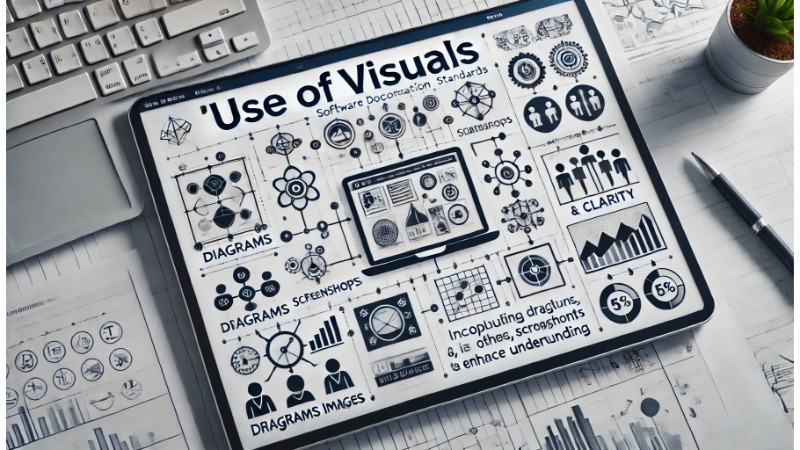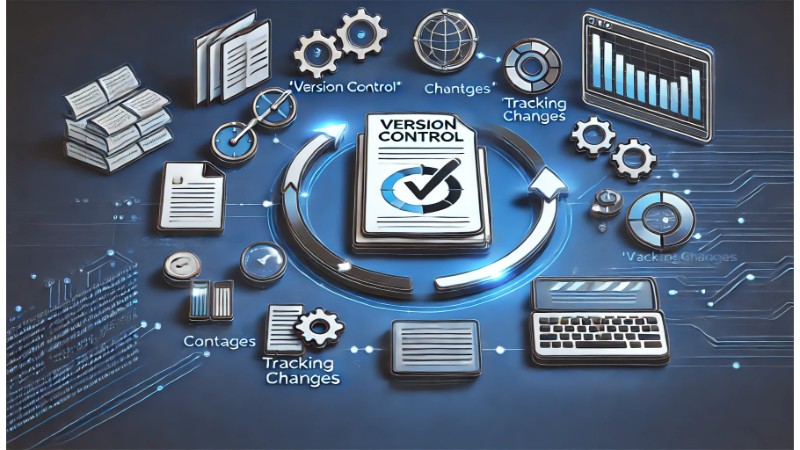Software Documentation Standards

In today’s fast-paced digital world, software documentation plays a critical role in the success and usability of any software product. Effective documentation helps users understand how to use the software, aids developers in maintaining and updating the code, and ensures that all stakeholders are on the same page. This guide will delve into the importance of software documentation standards, their benefits, and best practices to follow.
What Are Software Documentation Standards?
Software documentation standards are a set of guidelines and best practices for creating, organizing, and maintaining documentation related to software projects. These standards ensure that documentation is clear, consistent, and useful to its intended audience. Adhering to these standards helps in creating high-quality documentation that can be easily understood and used by developers, testers, and end-users.
 Importance of Software Documentation Standards
Importance of Software Documentation Standards
Consistency: Standards ensure that all documentation follows a uniform structure and style, making it easier for users to navigate and understand the content.
Quality Assurance: By following established guidelines, the quality of documentation is maintained, reducing errors and omissions.
Efficiency: Standardized documentation processes save time and resources, as writers and developers can follow a clear template and avoid reinventing the wheel.
Maintainability: Well-documented software is easier to update and maintain, as changes can be tracked and implemented systematically.
Collaboration: Standards facilitate better collaboration among team members, as everyone is on the same page regarding the documentation process.
Key Components of Software Documentation Standards
Structure and Organization: Documentation should be well-organized, with a clear hierarchy and logical flow. Use headings, subheadings, and numbered lists to break down information into manageable sections.
Clarity and Conciseness: Write in a clear and concise manner. Avoid jargon and complex language that may confuse the reader. Use simple sentences and straightforward explanations.
Consistency in Style: Maintain a consistent writing style throughout the documentation. Use the same terminology, tone, and formatting conventions.
Use of Visuals: Incorporate diagrams, screenshots, and other visual aids to enhance understanding. Visuals can help explain complex concepts and provide a quick reference for users.
Version Control: Implement version control to track changes and updates to the documentation. This ensures that users always have access to the most recent and accurate information.
Accessibility: Ensure that the documentation is accessible to all users, including those with disabilities. Use accessible formats and consider providing alternative text for images and diagrams.
Review and Feedback: Regularly review and update the documentation based on feedback from users and stakeholders. Continuous improvement is key to maintaining high-quality documentation.
 Best Practices for Implementing Software Documentation Standards
Best Practices for Implementing Software Documentation Standards
Define Clear Guidelines: Establish clear and detailed documentation guidelines that cover all aspects of the documentation process.
Train Your Team: Provide training and resources to ensure that all team members understand and adhere to the documentation standards.
Use Documentation Tools: Utilize tools and software designed for documentation purposes. These tools can help streamline the process and ensure consistency.
Collaborate with Stakeholders: Involve all relevant stakeholders, including developers, testers, and end-users, in the documentation process to gather valuable insights and feedback.
Regular Audits: Conduct regular audits of the documentation to ensure compliance with the standards and identify areas for improvement.
 Conclusion
Conclusion
Adopting and maintaining software documentation standards is essential for the success of any software project. By ensuring consistency, clarity, and quality, these standards help create documentation that is valuable to users and developers alike. Implementing best practices and continuously improving the documentation process will lead to better software products and a more efficient development process.
By following these guidelines and best practices, you can create effective software documentation that meets the needs of all stakeholders and contributes to the overall success of your software projects.

